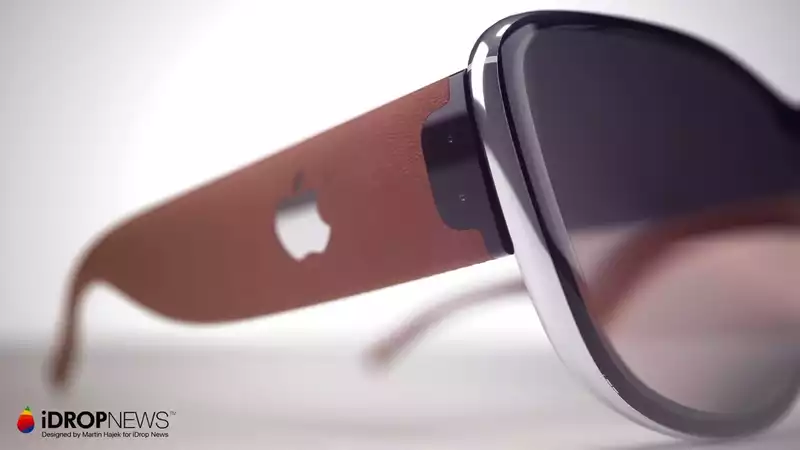Apple's Apple Glass wearable could be the first device to benefit from the new bone-conduction audio system
This is the gist of a patent (via Patently Apple) that discusses adding bone conduction technology to personal audio devices to create a unique hybrid system
We saw the first part of this patent last week detailing how the bone conduction method works However, the more explicit reference to "wearable computing devices such as augmented reality or virtual reality glasses" immediately brings to mind Apple Glass
Standard earbuds transmit sound using air conduction, in which speaker vibrations carry sound to the ear Bone conduction uses the bones in the head to transmit sound through one or more points of contact
By transmitting sound through bones, headphones and earphones do not need to block the ear canal This would be ideal for people who want to listen to music or talk on the phone while being aware of their surroundings, or when normal headphones do not work effectively because of a hearing impairment
The problem with bone conduction is that it is best suited for low frequency sounds High frequency sounds are not only difficult to transmit through the bones, but also cause noticeable vibrations, which can be very frustrating for many users
This is why a patent filed by Apple with the USPTO proposes a hybrid solution The patent, officially titled "Multipath audio stimulation using audio compressors," integrates both bone conduction and air conduction into a single device
The system first splits the audio signal into three parts: low frequency, mid-frequency, and high frequency The low-frequency and mid-frequency signals are sent via bone conduction and may be split into multiple subcomponents In some versions of the device discussed in the patent, the exact settings may be changed according to user preferences, either on the device itself or via a GUI
The patent also suggests that the technology could be used in "headphones, headsets, earphones, hearing aids, etc"
While AirPods and AirPods Pro would be obvious places where this technology could be used beyond Apple Glasses (rumored to be AirPods Studio), over-ear headphones, the new AirPods form factor, or even medical devices could be usedTo reduce the tickling sensation that bone conduction may cause, the patent also details how audio can be compressed to reduce dynamic range
This alone is not a revolutionary idea Bone conduction has been known for decades and is frequently seen as a feature in hearing aids However, this patent feels like a good sign that Apple actually wants to commercialize this concept, as opposed to simply claiming rights to a cool-sounding idea
According to major leaks, the Apple Glass headset is almost certainly in development, but is not expected to appear until next year at the earliest In the meantime, we still have the regular AirPods and AirPods Pro, which are some of the best wireless earbuds available A refreshed version is expected to appear in the next year or so, but a model with this new bone-conduction technology is probably a few more years away










Comments